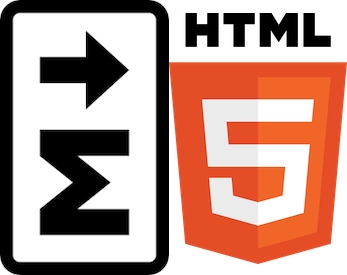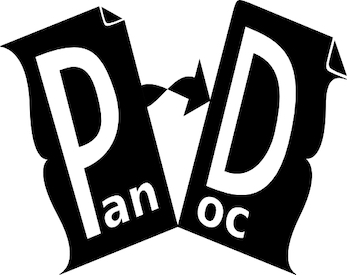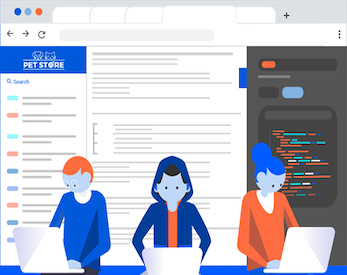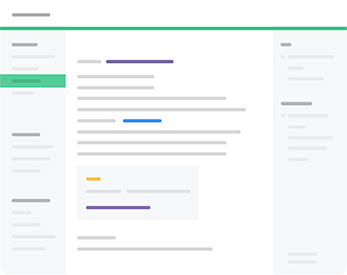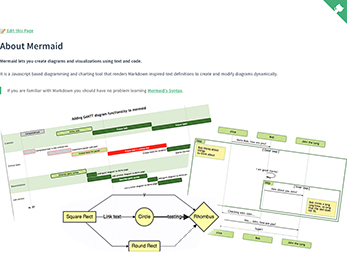
Migrating documentation
Migrating documentation from one software platform to another can be painful. I remember the days when moving a Word document back and forth between Mac and Windows caused problems. I started working as a technical writer in September 2006, a month after the launch of Pandoc (the “universal document converter”), although I didn’t learn of its existence until many years later. It certainly would have helped with some of the migrations I’ve managed, but not all of them:
Read More






